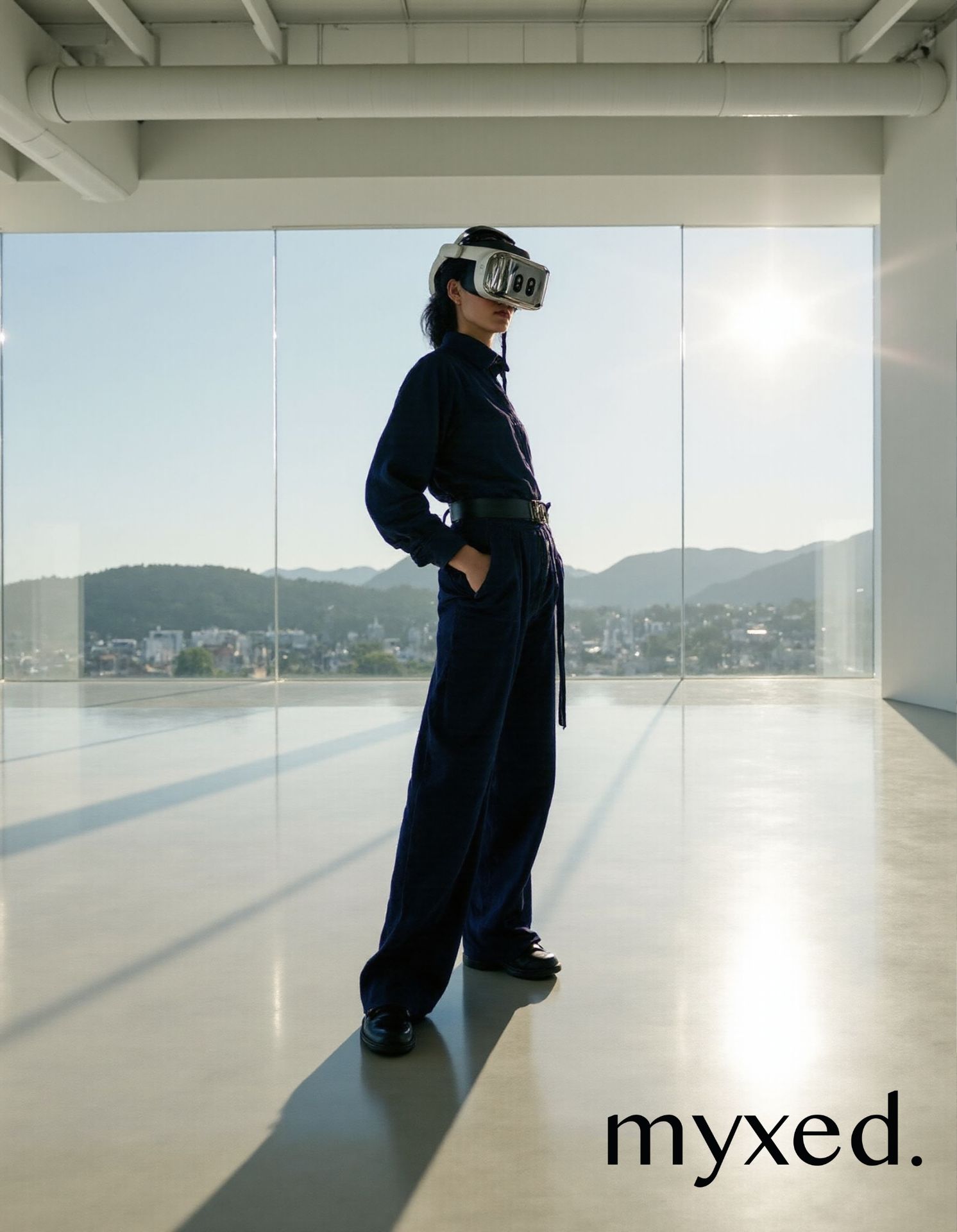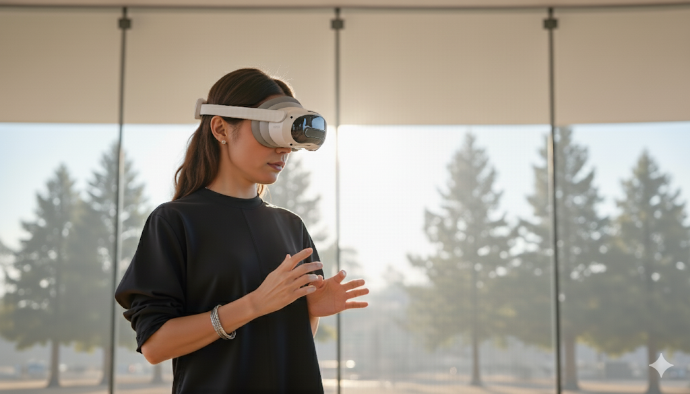What is mixed reality?

Mixed reality (MR) is an innovative technology that represents a fascinating intersection between our physical world and digital universes, offering possibilities that were previously unimaginable. By combining elements of augmented reality (AR) and virtual reality (VR), mixed reality creates interactive experiences where objects from the real and digital worlds coexist and interact in real time. This article delves deeply into what mixed reality is, how it works, its applications across various sectors, and envisions its future.
Understanding Mixed Reality
Mixed reality goes beyond the simple overlay of virtual images on the real world (as in AR) or complete immersion in a digital environment (as in VR). It allows users to see, interact with, and manipulate both physical and digital elements in a shared space. Through the use of specialized devices, such as mixed reality glasses or headsets equipped with advanced sensors, cameras, and high-definition displays, users can experience a symbiosis between two worlds.
The Technology Behind Mixed Reality

Mixed reality relies on complex technologies for motion tracking, spatial recognition, and graphic rendering. MR devices use cameras and sensors to map the user's physical environment, allowing the system to understand and respond to the user's space and movements in real time. This mapping not only enables the convincing insertion of virtual objects into the real world but also allows users to physically interact with these virtual objects.
Mixed Reality use-cases
Some examples of mixed reality application cases for the industry.
Industry and Manufacturing
Mixed reality is also revolutionizing the manufacturing industry by providing advanced visualization and training tools. Engineers can use AR to design and modify virtual prototypes in a shared space, reducing development time and costs. Additionally, training for machine operators can be conducted in a secure virtual environment, minimizing the risk of accidents.
Health
In the field of healthcare, mixed reality opens doors to less invasive surgical procedures and innovative rehabilitation programs. Surgeons can use MR to plan complex operations by visualizing the patient's organs in 3D, thereby improving surgical precision. For rehabilitation, MR can create interactive environments tailored to the specific needs of each patient, making the process more engaging and effective.
Training and education
In the education sector, AR offers opportunities for immersive and interactive learning. It can transform abstract concepts into concrete visualizations, allowing students to better understand and retain information. In medicine, for example, students can explore the human body in 3D, manipulating organs to see how they work together.
The Future of Mixed Reality
The potential of mixed reality is immense, promising to transform our interaction with technology and the world around us. As technology advances, devices will become more accessible, paving the way for even more innovative and widespread applications. Mixed reality, or spatial computing, is the only digital technology that offers a digital medium in three dimensions, like the real world that surrounds us.
Frequently Asked Questions
Here are frequent questions about mixed reality.
La Mixed reality combines elements of the real world and the virtual world, allowing for real-time interaction between the two. By overlaying digital objects onto the physical environment, it offers immersive experiences where users can manipulate virtual objects while remaining grounded in reality. This technology is particularly beneficial for industry, as it facilitates processes such as product design, employee training, and quality control.
Virtual reality (VR) completely immerses the user in a digital environment, cutting them off from the real world. In contrast, augmented reality (AR) overlays digital elements onto the real environment, thereby enhancing perception without replacing reality. Mixed reality (MR) merges these two approaches, allowing for simultaneous interaction with both real and virtual objects.
Virtual reality aims to create a complete immersion of the user in a simulated digital environment. This immersion is used in various sectors, including industry, for applications such as employee training, simulation of complex processes, and product design, thus providing innovative solutions to businesses.